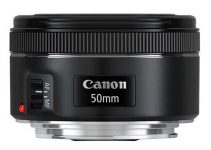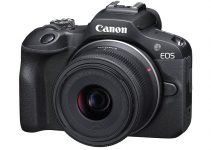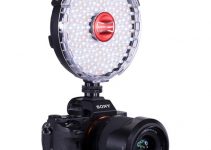One of the surprising releases this year was a cheaper, vlogging-oriented camera from Sony that featured the same sensor and, theoretically, image quality of the a7S III and FX3.
The ZV-E1 is a tempting camera for many and it even just got updated so it can realize the full potential of that tech with a max recording rate of 120 fps in 4K. One thing to consider though is the fact that the smaller, simpler body design doesn’t have the same heat control as the other cameras.
Without a fan or larger body the ZV-E1 may have some overheating concerns. If you want to see how it does then Mark Bennett’s Camera Crisis does the 4K 120p tests.
If you happen to be a ZV-E1 early adopter you’ll need to go download and install the latest firmware to unlock 4K 120p recording. It also includes being able to do Full HD at 240p if that’s more your style. So go take care of that first.
Now, if you are still looking at the ZV-E1 as a less expensive version of the a7S III or FX3 then you’ll want to understand the key differences in design that make it so that we want to look at overheating performance. The key thing isn’t so much what the ZV-E1 does have and more about what it doesn’t. It does not have a fan.
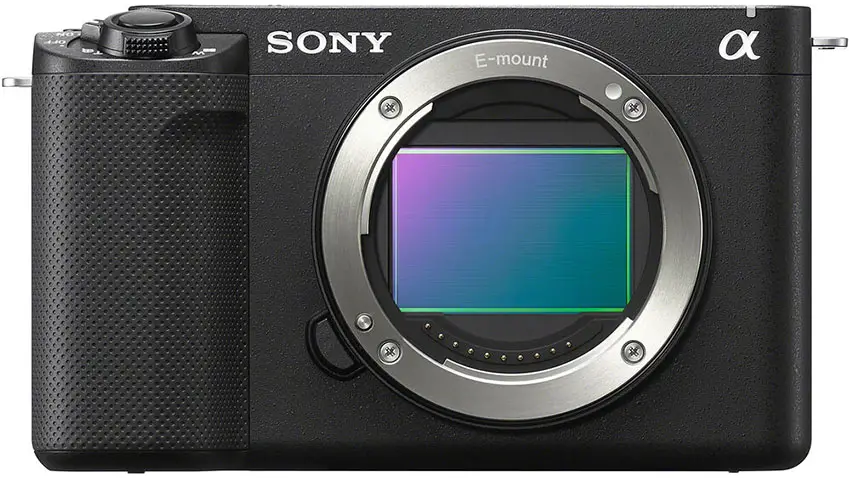
Image Credit: Sony
Unlike the FX3, the ZV-E1 uses purely passive cooling. The fan in the FX3 makes it much less susceptible to overheating and generally in tests it has been shown to be reliable for entire daylong shoots.
The a7S III also doesn’t have a fan, but its body is larger than the ZV-E1 and also features better heatsinks and dissipation.
The ZV-E1 is still a highly capable camera, you’ll just want to watch out at this high frame rates during longer takes.
Now, let’s see how it can actually perform.
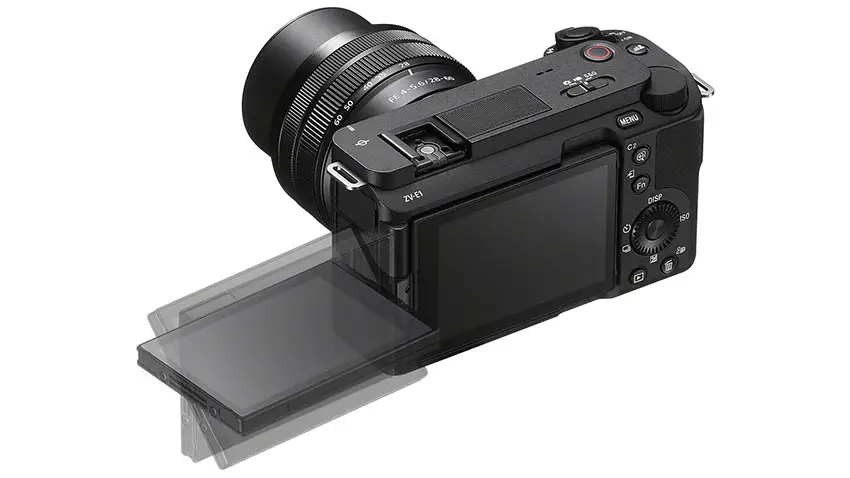
Image Credit: Sony
Indoors at 77ºF (25ºC) in 4K 120p at 10-bit 4:2:2 280 Mb/s the ZV-E1 was able to record for 13 minutes. In a slightly cooler environment of 72ºF (22ºC) it was able to double that time to 26 minutes.
Adding a fan to the test didn’t even do all that much and only added about 5 minutes to a maximum of 31 degrees.
Heading outside to a more humid 77ºF (25ºC) area it did even worse at just 10 minutes.
Now, this isn’t actually a problem. Unless you are hoping to shoot everything at 4K 120p – which I do not recommend. For occasional B roll, you’ll be totally fine to get your slow-motion shots.
Don’t count the ZV-E1 out though understand where it might have certain limitations. It’s great that the ZV-E1 is getting updates that put it almost on par with the more expensive models.
[source: Mark Bennett’s Camera Crisis]
Order Links:
Disclaimer: As an Amazon Associate partner and participant in B&H and Adorama Affiliate programmes, we earn a small comission from each purchase made through the affiliate links listed above at no additional cost to you.


